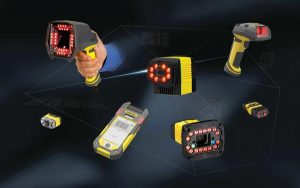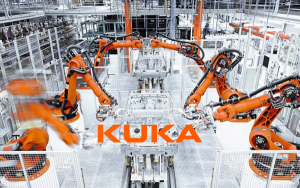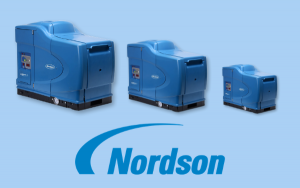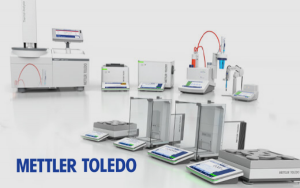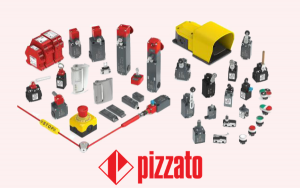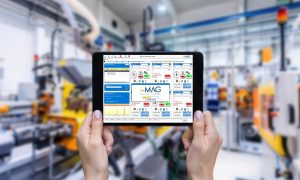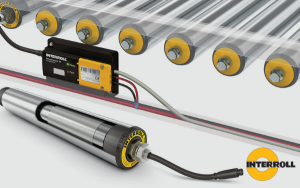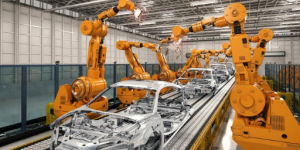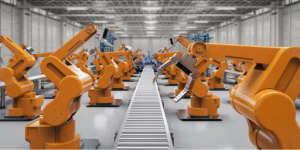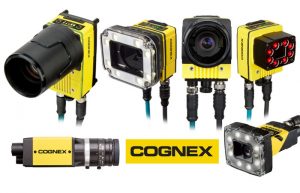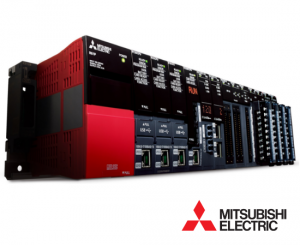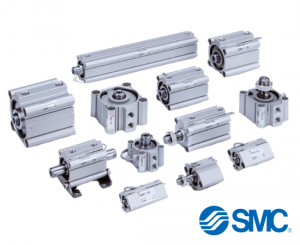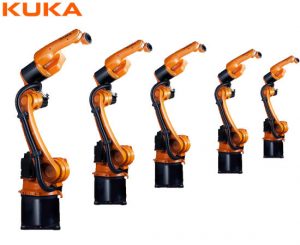Warehouse automation is one place that can help improve accuracy, efficiency, and reliability while saving labor costs. According to Inbound Logistics, 65% of operating budgets in most warehouses are made up of labor costs. Automated warehouse processes, then, can be a game changer in helping to reduce labor costs.
Some still see the use of machinery in the warehouse as a threat to their jobs, while others appreciate the inherent capabilities of automated systems. Whichever way of thinking you follow, the systems are here to stay and will continue to become more prevalent. With these automation technologies estimated to reach a market value of $22.4 billion by the end of 2021, you need to seriously think about implementing automation in your warehouse.
Understanding what warehouse automation is and how it works will help you stay on top of modern warehousing uses and stay profitable and competitive in a market driven by the need for rapid response by customers. consumers.

1. What is warehouse automation?
Warehousing involves a lot of process-oriented, repetitive, and prone to human error tasks, such as shipping and receiving, picking and packing, and documentation. At its core, this requires defining everyday tasks and finding creative ways to automate them. In the warehouse, this may involve using warehouse automation robots to perform process automation or physical automation.
Process automation involves collecting inventory data and integrating this data into a database system. It uses barcode wireless scanning technology to enter and track data. The data is then moved into a centralized repository, where it can be retrieved by the software system.
Physical automation combines the use of robotic systems, such as Automated Mobility Robots (AMRs) Automated Guided Vehicles (AGVs) and human-to-human freight (GTP) technology.
Warehouse automation example:
- Barcode Labels and Scan Automation: Warehousing operations rely heavily on accurate documentation. The use of barcode labels, warehouse markings, rack labels, and the hardware required to read them saves a lot of man-hours in the warehouse documentation process. They also help track the movement of items in and out of the warehouse facility, manage inventory, and locate specific items stored, thus speeding up the picking and packing process. By using the right hardware, software, and scanning technology, warehouse documentation processes can be automated using barcodes, eliminating delays and errors.
- Automated Guided Vehicles: Warehousing automation robots, such as self-guided forklifts and forklifts are replacing traditional human-operated forklifts and pallet jacks in warehouses. These automated vehicles follow a digital path in the warehouse to load and unload containers, pallets and boxes without any operator.
- Picking Automation: One of the most repetitive and time-consuming processes in a warehouse is the picking process. This process, previously completely dependent on humans and prone to errors, is now being automated using warehouse automation robots combined with modular shelving.
- Inventory automation: Using a pen and paper system to count inventory in the warehouse leads to transcription and data entry errors, inventory inconsistencies, and overall disruption to operations in the warehouse. . Fortunately, automating this process can be easily accomplished with cost-effective strategies.
- Back-office automation: Here, inventory data is automatically synchronized with the warehouse management system (WMS), allowing warehouses to have access to accurate, time-consuming data real.
2. What are the benefits of Warehouse Automation?
Automating your warehouse system can provide the following benefits:
- Reduce labor and other operating costs
- Maximize the use, layout and flow of space in the warehouse
- Increase worker accuracy, efficiency, and productivity while minimizing staff numbers
- Avoid out of stock because the automated system will automatically reorder items once a predefined threshold is reached
- Improve inventory control and tracking of goods using automated storage and retrieval systems (AS/RS).
- Automated data collection and inventory tracking from arrival to shipment, eliminating misplaced, shrink or lost inventory.
- With their data, operators ensure timely departure and delivery of ordered shipments, due to improved picking, packing and shipping efficiency.

3. How does warehouse automation work?
Warehouse automation works by automating data collection and inventory control. By implementing an inventory control system and using the necessary hardware and software systems to coordinate everything, you can greatly increase efficiency. Here’s how this is done:
1. Use of barcode labels: They form the basis of automation in the warehouse. They provide a way to track items through the warehouse facility. Barcode labels make it possible to capture data accurately and eliminate errors while tracking or shipping items. Inventory tracking, arrival planning, improving picking efficiency, optimizing flow, and reducing out of stock are all great benefits that automated warehouses can achieve through the use of labels. Barcode.
2. Using inventory management system (IMS): This system allows real-time display inventory lượng, product information and storage location, helping businesses control inventory at a high level.
3. Using an automated storage and retrieval system (AS/RS): This software system consists of machines that move up and down optimized aisles to retrieve or place items. They provide improved inventory control and item tracking. They also ensure that the warehouse is better laid out, both vertically and horizontally, thereby saving on inventory storage. Key elements of AS/RS include storage and retrieval machines, automated guided vehicles (AGVs), racking structures, and warehouse control system (WCS) software. All these components work together to receive, store, pick, pack and ship items along optimized routes.
4. Using necessary hardware devices: Automation would not be possible without using the necessary hardware to help retrieve data from barcode labels and monitor activities. Commonly used devices are portable data terminals, fixed-mount computers, barcode scanners, rugged tablets, and label printers.
You can also automate the shipping process in your warehouse. One way to do this is to use third-party shipping software like Easyship. After signing up for a free account, you can easily sync your orders with the Easyship dashboard and autofill shipping information. You can then automate various parts of the shipping process, from pre-filled shipping labels and customs forms, to creating branded tracking pages, and setting up insurance rules. automatic.
4. How much does it cost to automate a warehouse?
The cost of a warehouse automation solution will largely depend on how complex and extensive it is. A sophisticated, comprehensive solution means more devices and integration with complex warehouse control systems (WCS). This comes with a higher cost, but increased order accuracy and efficiency, and a better use of space. So you need to look for a software and hardware solution that will be right for your business based on the level of automation you want to implement. Let’s take a look at an overview of costs based on automation level.
- A typical pick improvement system would cost between $500,000 and $1 million
- The cost of a mechanized solution ranges from 1 million to 5 million USD
- A semi-automatic installation ranges from $5 million to $15 million
- If you are looking for a fully automated solution, you will have to pay at least $25 million
5. What are some popular warehouse automation systems?
When choosing an automated warehouse system, finding compatible software, hardware, and barcode labels to support your system is key. To choose the right barcode scanning tool, consider the following:
- Scanning distance and speed
- Need a wired or wireless connection
- Compatibility with software and operating systems
- Reliability
- Barcode barcode label
In addition, warehousemanagement software solutions have different features and functions. Specific industries target and can help with regulatory compliance through specialized reporting capabilities. Others are better suited to support certain functions in a warehouse. When choosing an inventory management software solution, consider the following:
- End-to-end transaction management
- Integration with barcode technology
- Powerful reporting capabilities
- Real-time inventory updates
- Back-office integration
- Scalability and flexibility
- Easy to use
Amazon: The King of Automated Warehouses
Today, Amazon’s automated warehouses have an estimated 200,000 mobile robots that help humans move goods through their networks, helping them deliver on their promise of faster delivery of orders to customers. They hired experienced warehouse automation companies to create highly efficient (and expensive!) systems. Each Amazon Automated Warehouse can monitor the location of items in their warehouse, move things around its facility, and facilitate the picking and packing of goods, Here is Some of the ways Amazon is using automation to facilitate lightning-fast fulfillment of goods:
- Amazon uses software to guide and monitor workers to increase personal productivity
- High-tech robotic mobile shelves move on wheels to on-site human pickers eliminating the need for pickers to go back and forth between shelves.
- Monitoring the location and movement of items in stock allows automatic dispatch of human pickers without having to find out where it is.
- Robotic arms called pallets take items from conveyor belts and stack them on pallets for transport or stowing.
- Robo-steaks are used in various fulfillment centers to lift inventory pallets to the required level or place them on drive units that deliver them to specific destinations.
- Drive packages around Amazon warehouse facilities
- Recently, it has been speculated that Amazon has acquired robots that can pack and wrap packages for shipping.
Now, as the world is facing the Coronavirus pandemic, Amazon is relying on its efficient automated warehouse system to make it easier to pick, pack, and ship orders faster. , as well as moving goods quickly around warehouses using automatic actuators. . Risky areas such as food stores and cold storage can be accessed by these automated robots, preventing the need to put human employees at risk.
————————
Vu Le Technology Company Limited – specializes in industrial automation equipment, factory automation solutions and robotics.
Address: 27 Xuan Quynh, Gia Hoa Residential Area, Phuoc Long B Ward, City. Thu Duc, HCMC
Hotline: (028) 3620 8179 / 3620 8176 / 3620 8177
Fax: (028) 3620 8178
Mail: info@vuletech.com
—————
Follow VULETECH at:





